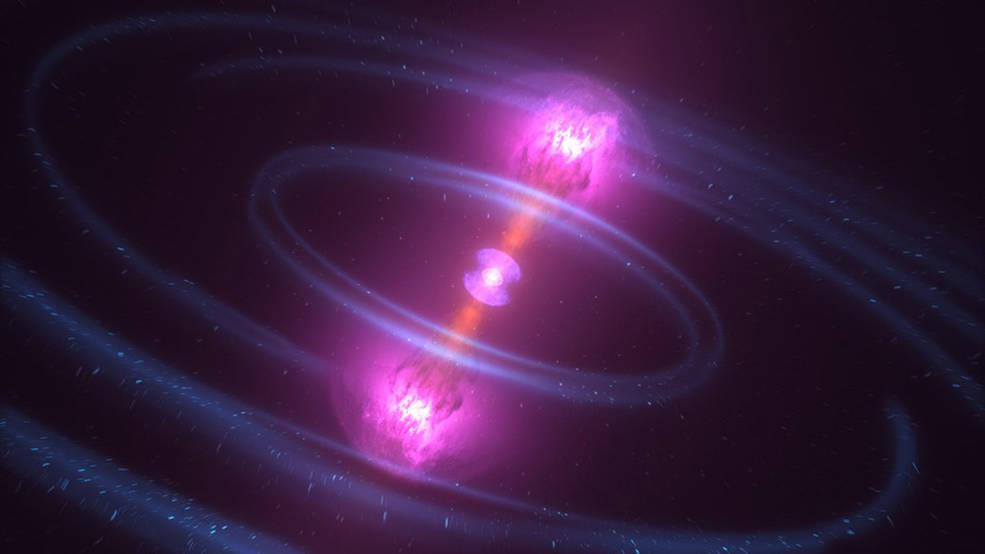A team of astronomers have detected a surprisingly fast and bright burst of energy from a galaxy 500 million light years away. The burst of radiation peaked in brightness just after 4 day and then faded quickly. The team identified the burst, which was using the Catalina Real-Time Transient Survey with supporting observations from the Gran Telescopio Canarias, as the result of a small black hole consuming a star. The discovery provides an exciting insight into stellar evolution and a rare cosmic phenomenon.
Continue reading “Star Devouring Black Hole Spotted by Astronomers”Star Devouring Black Hole Spotted by Astronomers










